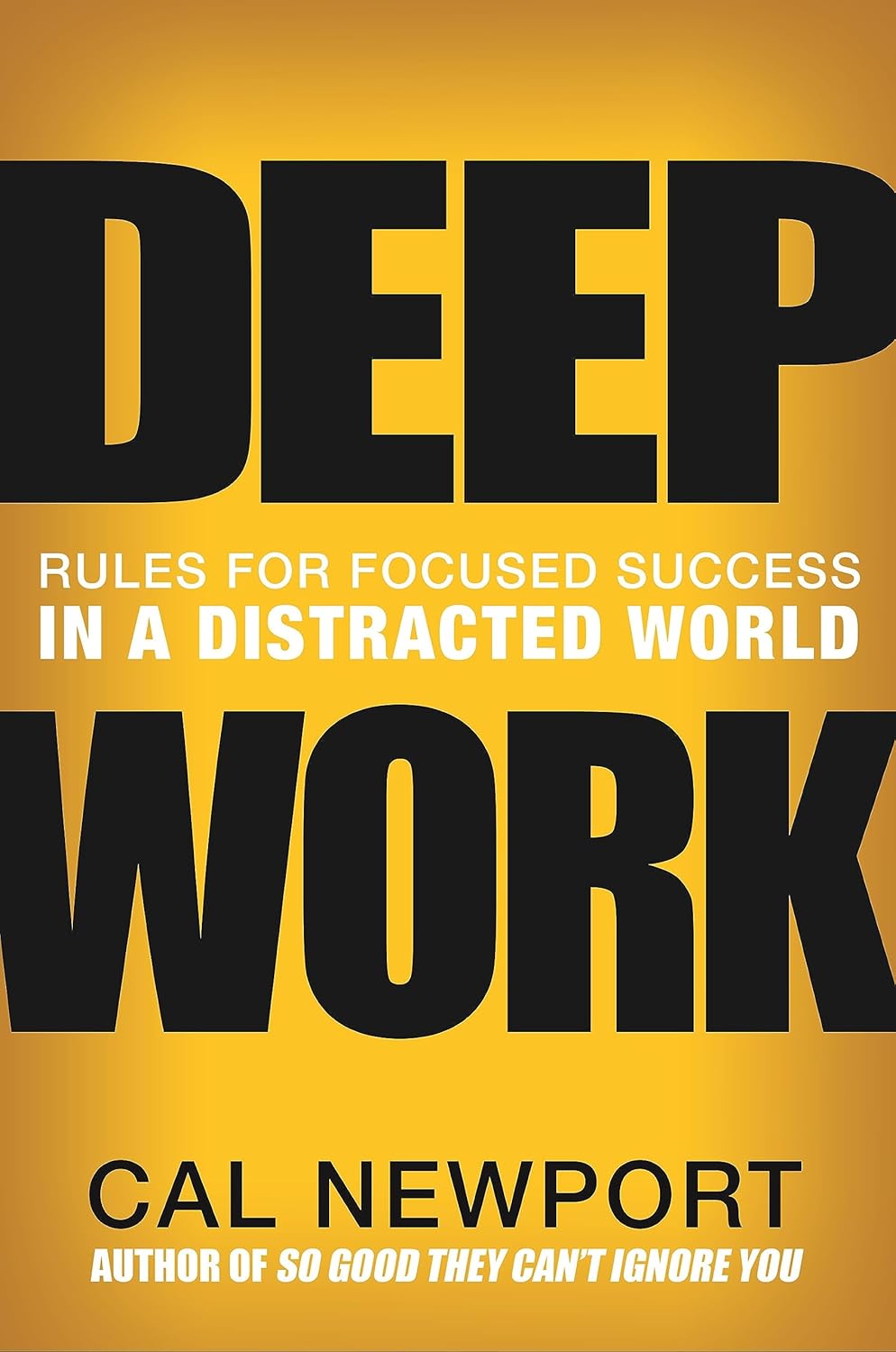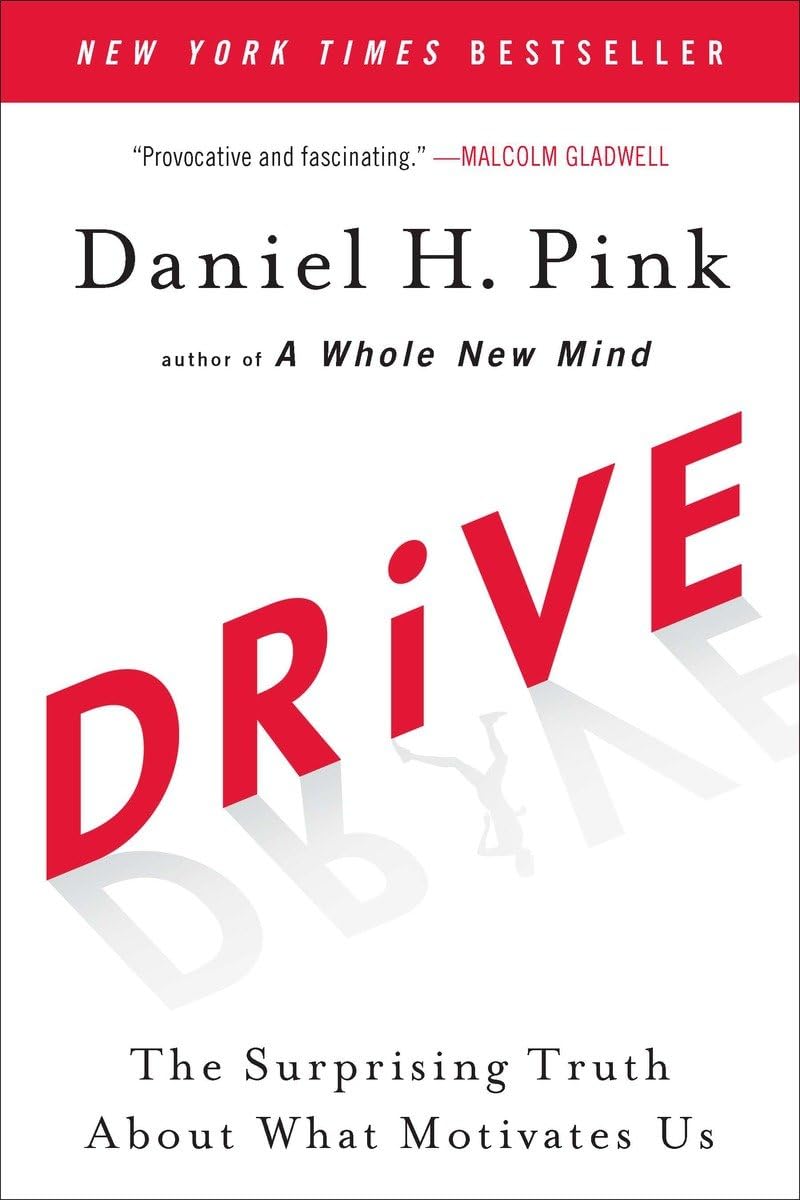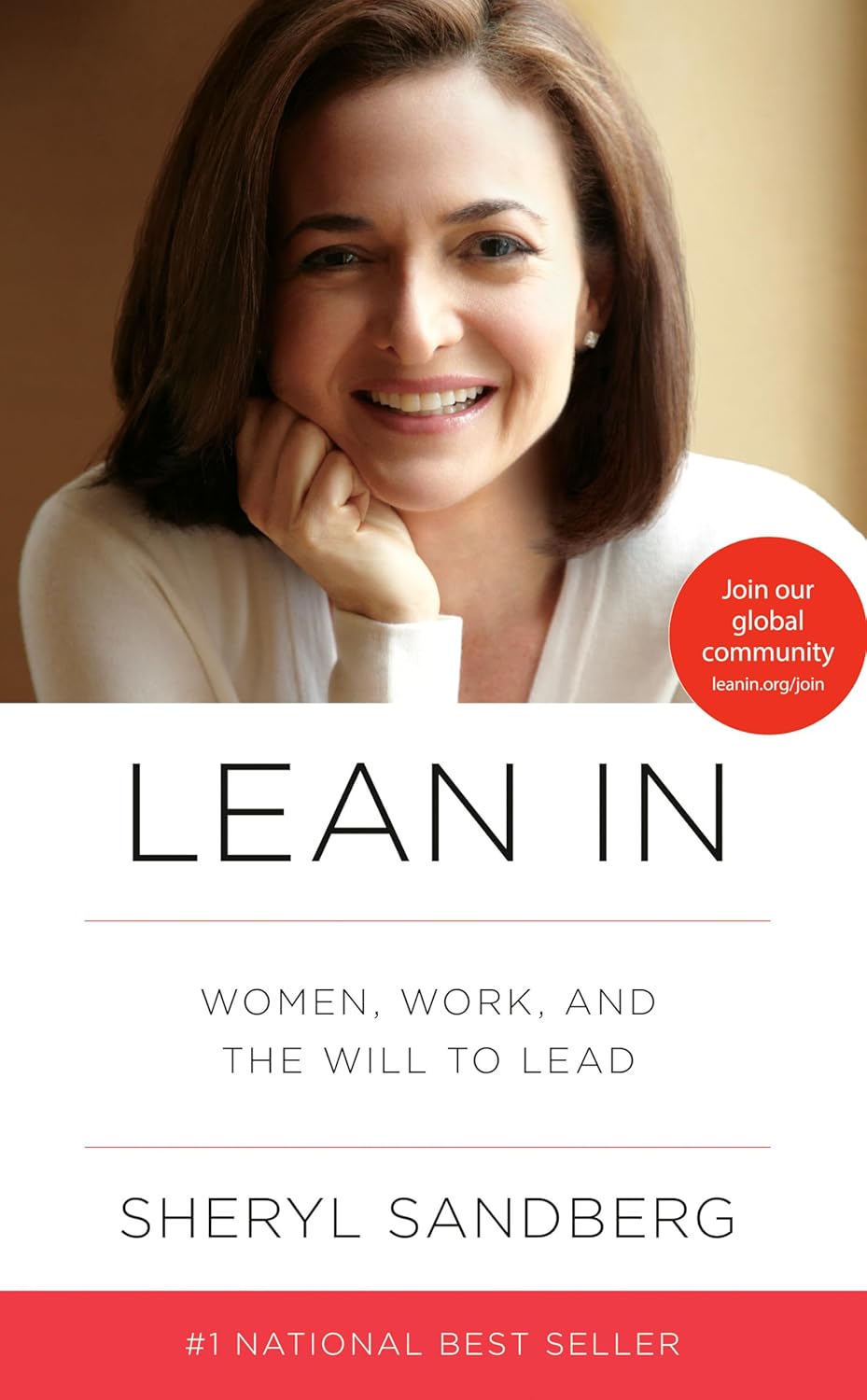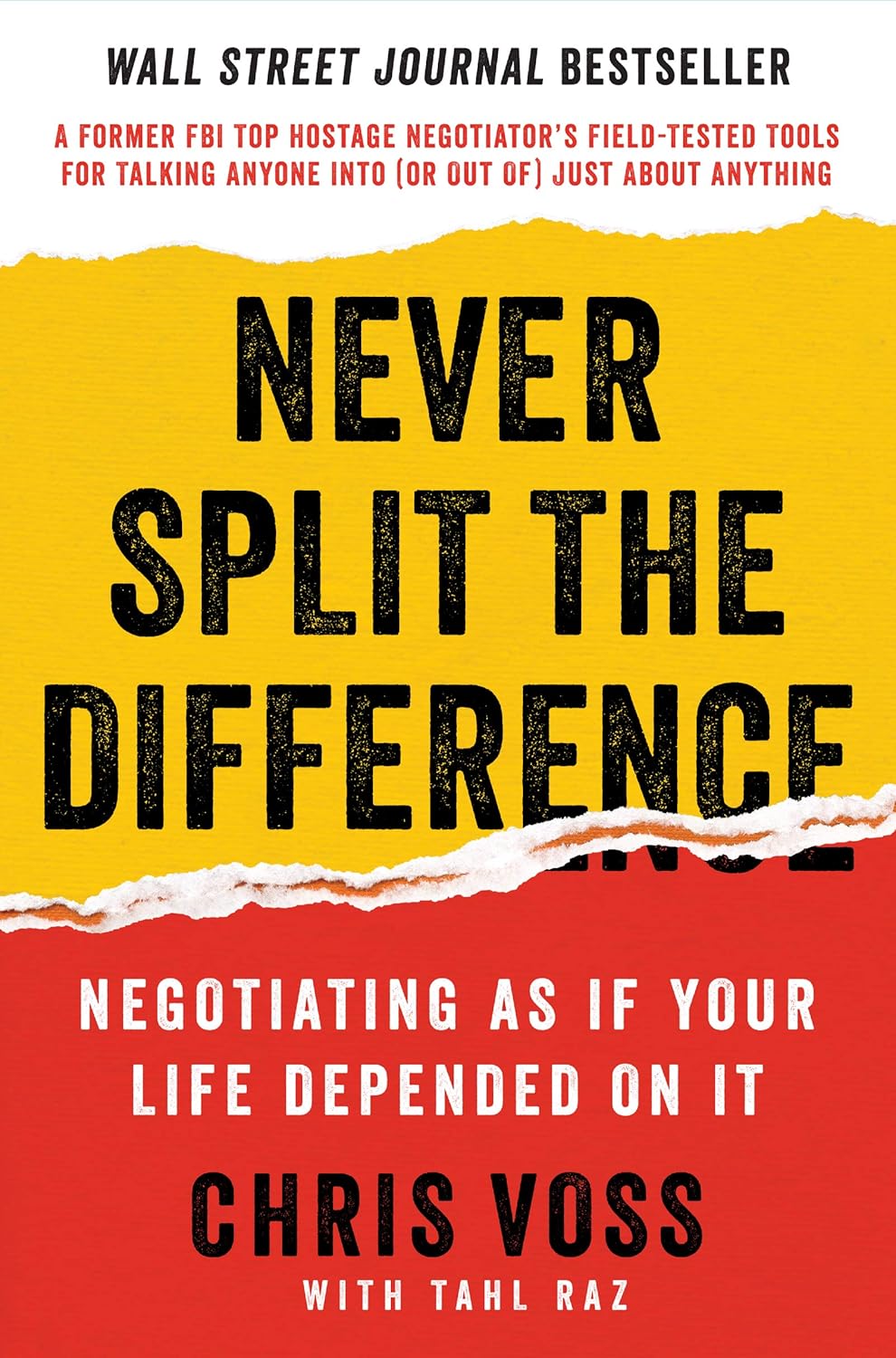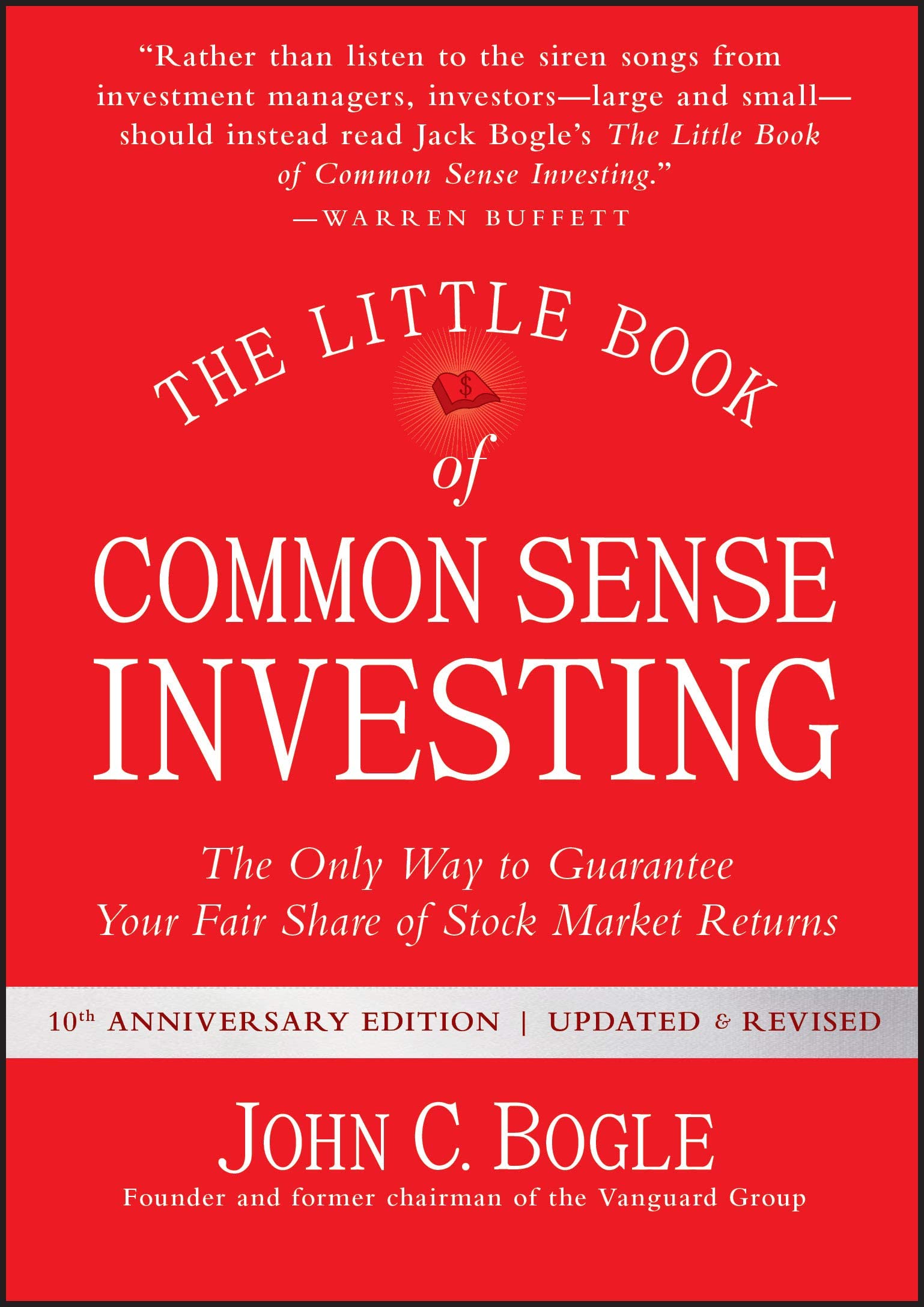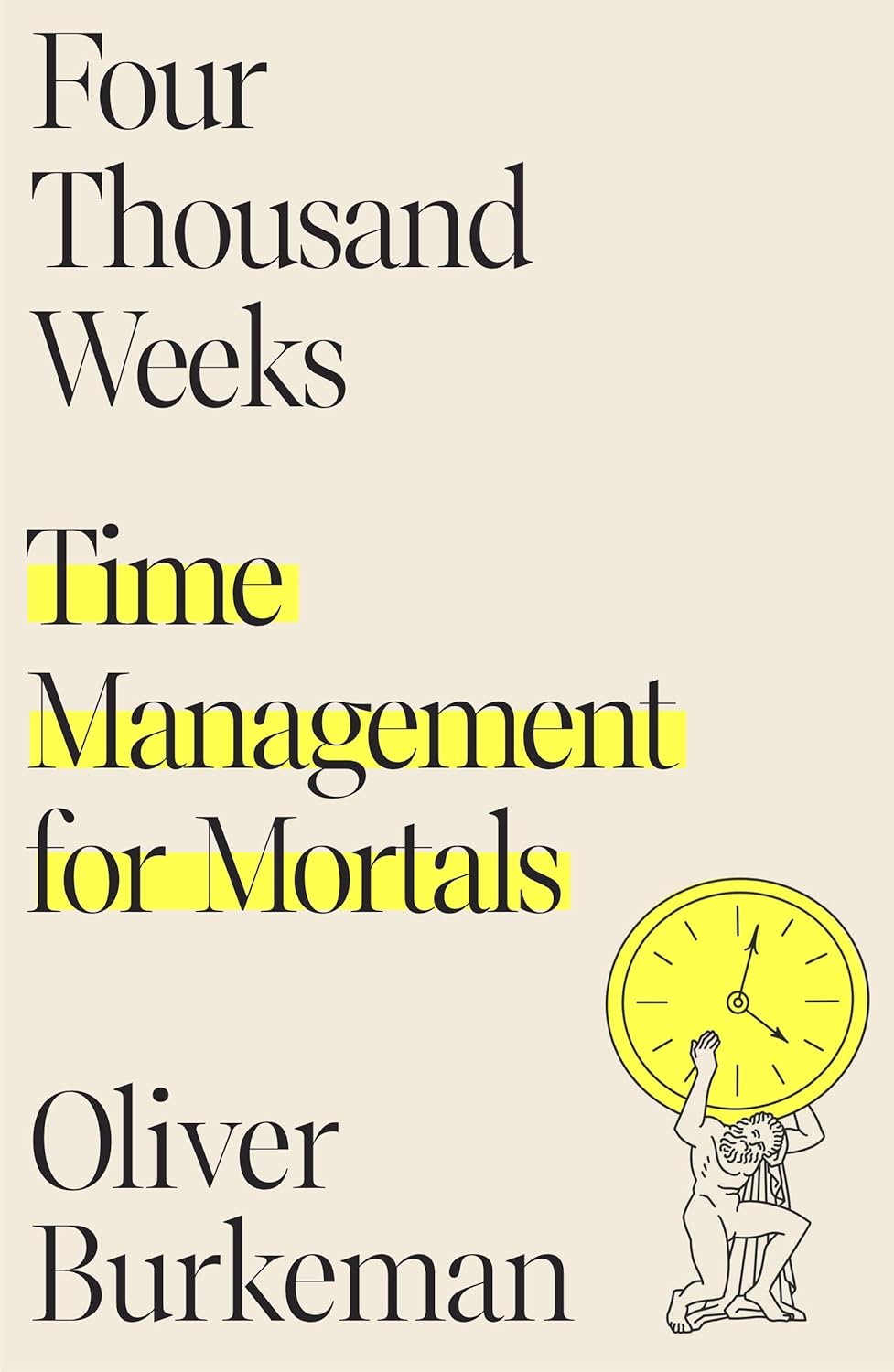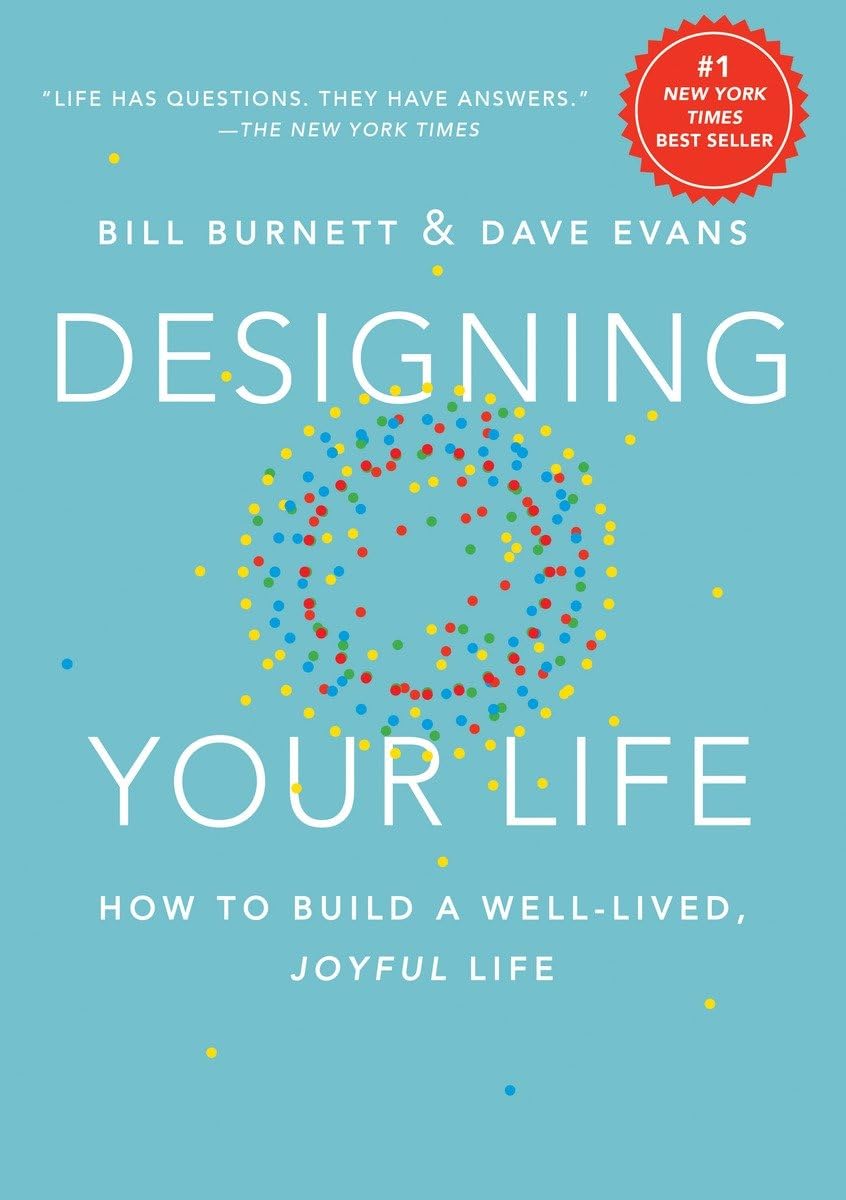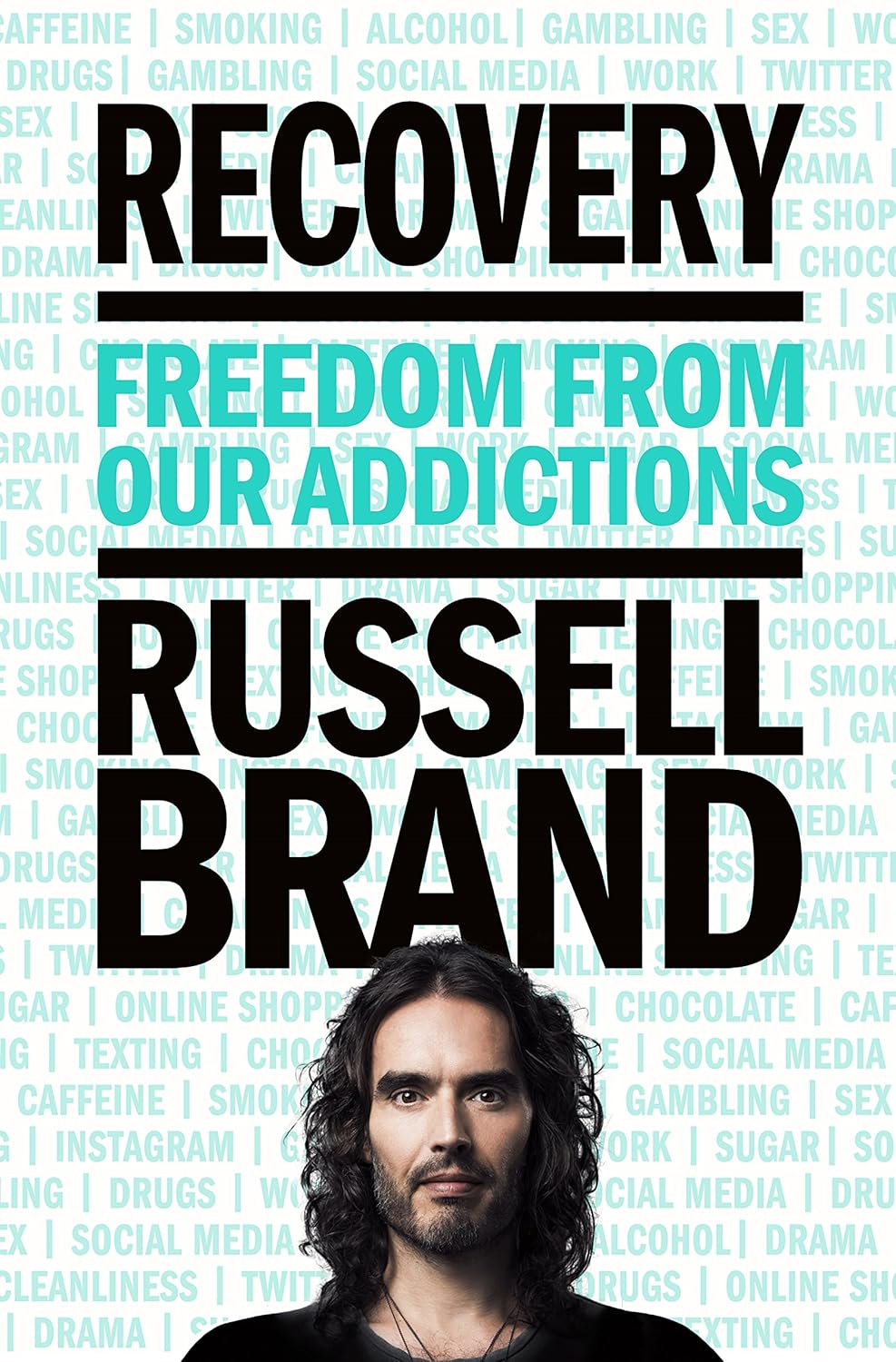
Buy The Book
Chapter
Drive: The Surprising Truth About What Motivates Us
About
“Drive: The Surprising Truth About What Motivates Us” challenges traditional carrot-and-stick approaches to motivation, arguing that intrinsic motivation—fueled by autonomy, mastery, and purpose—is far more effective. The book synthesizes research from behavioral science to demonstrate that external rewards can often diminish creativity and long-term engagement. Pink introduces the concepts of Type I (intrinsically motivated) and Type X (extrinsically motivated) behaviors, advocating for cultivating environments that foster Type I characteristics. He explores how autonomy, the desire for self-direction; mastery, the urge to improve; and purpose, the yearning for significance, are crucial for personal and professional fulfillment. Through examples and studies, “Drive” provides a new framework for understanding and enhancing motivation in a rapidly changing world.
Daniel H. Pink is an American author, speaker, and business thinker. He is known for his works exploring the changing world of work and motivation. A graduate of Northwestern University and Yale Law School, Pink served as a speechwriter for Vice President Al Gore before transitioning to writing about business and behavioral science. His other bestsellers include “To Sell Is Human” and “When.”
For People
– Managers and Leaders
– Educators
– Entrepreneurs
– Human Resource Professionals
– Individuals Seeking Personal Growth

Spark
Review
Like this
Part One: A New Operating System
✦ Chapter 1: The Rise and Fall of Motivation 2.0
The traditional approach to motivation, often referred to as Motivation 2.0, revolves around the idea that humans are primarily driven by rewards and punishments. This system assumes that people act in their own best interest and respond predictably to external incentives. While this model worked well in the past, particularly in routine, mechanical tasks, it struggles to keep up with the demands of today’s complex and creative work environments. The economy has evolved, and so have the types of tasks people perform. Activities that require innovation, problem-solving, and creativity cannot be effectively managed through a system that relies on external motivators alone.
The emergence of a more connected and knowledge-driven world has revealed the limitations of this outdated system. People are increasingly motivated by intrinsic factors—things like the desire to learn, grow, and contribute to something meaningful. Yet, many organizations still cling to the carrot-and-stick model, failing to recognize that it often leads to diminished performance, lower engagement, and reduced satisfaction.
Motivation 2.0 ignores the human need for autonomy, mastery, and purpose. These intrinsic factors are essential for driving sustained effort and creativity. The mismatch between what science knows about motivation and what organizations practice creates a gap that needs to be addressed. A new operating system for motivation is required—one that aligns with the realities of modern work and human behavior.
This shift involves moving beyond outdated assumptions about human nature. People are not simply passive beings responding to rewards and punishments; they are active participants with a deep desire to lead fulfilling lives. Recognizing and fostering this intrinsic drive can lead to higher levels of success, creativity, and well-being. The time has come to rethink how motivation is understood and applied, moving toward a system that values autonomy, mastery, and purpose as core elements of human action.
✦ Chapter 2: Seven Reasons Carrots and Sticks (Often) Don’t Work
The carrot-and-stick approach to motivation, while effective in certain situations, often fails when applied to complex or creative tasks. This method assumes that people can be easily controlled through rewards and punishments, but it overlooks the unintended consequences that often arise. One major problem is that external rewards can erode intrinsic motivation. When people are paid or incentivized to do something they already enjoy, their internal drive to perform that activity may decrease. This phenomenon is known as the overjustification effect.
Another issue is that the focus on rewards can narrow attention, making it harder to think creatively or solve problems that require innovative thinking. Carrots and sticks encourage short-term thinking and compliance rather than long-term engagement and exploration. People may do the minimum required to earn a reward or avoid a punishment, but they are less likely to fully commit or bring their best ideas to the table.
Additionally, this approach can foster unethical behavior. When the focus is solely on achieving specific outcomes, individuals may cut corners, cheat, or engage in activities that undermine the larger goals of the organization. It can also create a competitive environment that pits individuals against one another, reducing collaboration and teamwork.
External motivators often fail to address the deeper human need for autonomy and self-direction. When people feel controlled or manipulated, they are likely to resist, even if the rewards are appealing. This resistance can lead to decreased satisfaction and a lack of commitment to the task at hand. Moreover, the reliance on carrots and sticks can create a cycle of dependency, where people expect constant external rewards and lose their ability to self-motivate.
Finally, this approach assumes that rewards and punishments are universally effective, but people vary in their preferences and values. What motivates one person may not motivate another, making it difficult to design a one-size-fits-all system of incentives. By focusing too heavily on external motivators, organizations often miss the opportunity to tap into the deeper, intrinsic motivations that drive people to perform at their best.
✦ Chapter 3: Type I and Type X
Human motivation can be divided into two distinct types: Type X and Type I. Type X behavior is driven primarily by external rewards and recognition, such as money, status, or fame. This type of motivation is closely aligned with the carrot-and-stick approach and often focuses on outcomes rather than the process. While it can lead to short-term success, it is less sustainable in the long run and may fail to produce the level of engagement and satisfaction needed for complex or creative tasks.
Type I behavior, on the other hand, is fueled by intrinsic motivation. People who exhibit Type I behavior are driven by the desire to learn, grow, and master new skills. They find satisfaction in the process itself, rather than focusing solely on external rewards. This type of motivation is deeply connected to the three elements of autonomy, mastery, and purpose. Autonomy involves the freedom to make decisions and control one’s own work. Mastery is the pursuit of improvement and excellence in a chosen field. Purpose is the sense of contributing to something larger than oneself.
Type I individuals tend to perform better in environments that encourage self-direction and creativity. They are more resilient, innovative, and committed to their work. Organizations that cultivate Type I behavior often see higher levels of engagement, productivity, and satisfaction among their employees. This approach also aligns more closely with the realities of modern work, where routine tasks are increasingly automated, and human value lies in creativity and problem-solving.
Unlike Type X behavior, which relies on external validation, Type I behavior is self-sustaining. People driven by intrinsic motivation are less likely to burn out or lose interest, as their motivation comes from within. This doesn’t mean that external rewards have no place; rather, they should complement intrinsic motivation rather than replace it. For example, fair compensation and recognition can support Type I behavior, but they should not be the primary focus.
Shifting from a Type X to a Type I mindset requires rethinking deeply held assumptions about motivation and human nature. It involves creating environments that prioritize autonomy, mastery, and purpose, while reducing reliance on external incentives. Fostering Type I behavior can lead to more meaningful and sustainable success, both for individuals and organizations.
Part Two: The Three Elements
✦ Chapter 4: Autonomy
The foundation of sustained motivation lies in the ability to have control over one’s own work and decisions. Being able to self-direct fosters a sense of ownership, leading to greater engagement and productivity. Autonomy allows individuals to determine not only what tasks they undertake but also when, how, and with whom they accomplish them. This freedom contrasts sharply with traditional management styles that emphasize compliance and micromanagement, which can stifle creativity and lower morale.
Rather than dictating every detail of how work is completed, granting autonomy enables people to align their actions with their own intrinsic motivations and skills. This approach taps into a deeper sense of responsibility, as people perform better when they feel trusted to manage their work. Autonomy doesn’t mean abandoning structure or accountability; it means offering flexibility and empowering individuals to make meaningful choices about their contributions.
Organizations that prioritize autonomy often create environments where people are more innovative and fulfilled. For example, some companies have adopted practices like allowing employees to dedicate a portion of their time to projects of their choosing, which has led to groundbreaking ideas and solutions. When individuals are allowed to experiment and take risks, they are more likely to discover new approaches and improve both their performance and satisfaction.
However, autonomy is not universal or static. The degree of autonomy that works best can vary depending on the individual and the context. Some people may thrive under complete freedom, while others might prefer clearer guidelines and boundaries. The goal is to strike a balance where people feel supported but not constrained.
Autonomy also extends beyond the workplace. In education, parenting, and other areas of life, fostering self-direction can lead to better outcomes and deeper engagement. Encouraging autonomy in these areas helps individuals develop critical thinking skills and a stronger sense of self. Trusting people to take responsibility for their actions builds confidence and resilience, which are essential for long-term success.
The shift from control to autonomy requires a change in mindset, moving away from outdated management practices that prioritize compliance. Empowering people to make decisions and take ownership of their work leads to a more dynamic and motivated environment, where intrinsic motivation can thrive and drive lasting achievements.
✦ Chapter 5: Mastery
The pursuit of mastery is a key driver of intrinsic motivation, rooted in the human desire to improve and reach higher levels of competence. Mastery is not a finite state but a continuous journey, marked by challenges and incremental progress. It requires effort and dedication, as achieving mastery involves pushing beyond one’s comfort zone and embracing discomfort and failure as part of the process.
Engaging in tasks that provide opportunities for growth results in deeper focus and satisfaction. People experience a state of “flow” when they are fully immersed in an activity that matches their skill level while also presenting a challenge. This state of flow enhances engagement and makes the process of improving both enjoyable and fulfilling. The key is finding activities that strike the right balance between difficulty and ability, keeping individuals motivated to push forward without becoming overwhelmed or bored.
Mastery is fueled by a mindset that values learning over immediate results. Rather than seeking perfection, the focus shifts to consistent improvement and overcoming obstacles. This requires grit and perseverance, as mastery is often a slow process with no shortcuts. It also involves viewing failure not as a setback but as a valuable opportunity to learn and grow. Embracing this mindset transforms challenges into stepping stones toward greater achievement.
Barriers to mastery often include external pressures, such as rigid deadlines or excessive focus on rewards. These can distract people from the joy of learning and improving. When the emphasis is placed on outcomes rather than the process, motivation can wane, and the sense of satisfaction diminishes. To foster mastery, environments should be designed to encourage experimentation, curiosity, and incremental progress without unnecessary distractions.
Mastery is not limited to work but extends to all aspects of life. Whether learning a new skill, pursuing a hobby, or improving personal relationships, the desire to become better is a universal human trait. Cultivating this drive leads to a deeper sense of fulfillment and purpose.
The journey toward mastery is ongoing, with no ultimate endpoint. The process itself becomes the reward, as each step forward reinforces the intrinsic motivation to continue. Embracing mastery as a lifelong pursuit transforms how challenges are approached, creating a more resilient and motivated mindset.
✦ Chapter 6: Purpose
The sense of purpose is a profound motivator, rooted in the desire to contribute to something larger than oneself. While autonomy and mastery focus on the individual, purpose connects personal efforts to a broader, meaningful goal. This alignment between actions and values creates a sense of fulfillment that goes beyond material rewards or recognition.
Working toward a purpose involves understanding how individual contributions make a difference in the world or within a specific community. People are more engaged and motivated when they see the impact of their work and feel that it matters. This sense of significance drives effort and commitment, even in the face of challenges or setbacks. Purpose provides a compass, guiding decisions and actions toward meaningful outcomes.
Organizations that prioritize purpose often foster a culture of shared values and collective goals. Employees are more likely to feel connected to their work when they understand how it aligns with a larger mission. For example, companies that emphasize social responsibility or environmental sustainability often see higher levels of engagement among their teams. Purpose becomes a unifying force, inspiring collaboration and innovation.
Purpose is not limited to grand, world-changing goals. It can also be found in smaller, everyday actions that contribute to the well-being of others. Whether mentoring a colleague, creating something valuable, or supporting a loved one, purpose can be deeply personal and unique to each individual. The key is identifying what matters most and aligning efforts with those values.
Barriers to purpose often include a lack of clarity or misalignment between personal values and organizational goals. When people feel disconnected from the mission or see their work as meaningless, motivation diminishes. To foster a sense of purpose, it is essential to create environments where individuals can see the impact of their contributions and feel that their efforts are valued.
Purpose enhances resilience and perseverance, as it provides a reason to persist even when challenges arise. It also creates a sense of belonging, as people feel connected to something greater than themselves. By focusing on purpose, individuals and organizations can create a more meaningful and fulfilling approach to work and life.
Aligning actions with purpose transforms motivation, making it more sustainable and rewarding. The pursuit of purpose taps into the deepest levels of human drive, creating an enduring source of inspiration and energy.
Part Three: The Type I Toolkit
Building a life and work environment driven by intrinsic motivation is not only possible but also practical, with the right tools and strategies. Shifting toward a Type I mindset requires intentional practices that support autonomy, mastery, and purpose. This approach focuses on creating systems that nurture intrinsic motivation rather than relying on outdated external motivators.
To promote autonomy, it is essential to establish habits and structures that give individuals the freedom to make meaningful choices. For example, practicing self-reflection and setting clear personal goals can help align actions with values. Creating a schedule that prioritizes work based on energy levels and focus rather than strict adherence to external demands can enhance productivity and satisfaction. Offering others trust and flexibility in their own decision-making processes fosters a culture of autonomy that leads to greater engagement and creativity.
Mastery thrives on a commitment to continuous improvement, and building mastery involves small, consistent efforts over time. Breaking large goals into manageable steps and celebrating incremental progress keeps the process rewarding. Cultivating a growth mindset—one that sees challenges as opportunities to learn rather than obstacles—shifts the focus to long-term growth. Engaging in deliberate practice, where attention is given to improving specific skills, accelerates progress toward mastery. Additionally, finding opportunities for feedback and reflection ensures ongoing learning and refinement of abilities.
Purpose fuels motivation by connecting actions to a larger, meaningful goal. Clarifying personal values and identifying how daily efforts align with those values can cultivate a sense of purpose. Writing a personal mission statement or reflecting on the ways one’s work impacts others can enhance this connection. Sharing purpose with others in teams or organizations strengthens relationships and motivates collective action. Purpose also grows when individuals actively seek opportunities to contribute to causes or efforts that resonate deeply with them.
Practical tools, such as checklists, techniques for managing focus, and frameworks for fostering creativity, can help sustain intrinsic motivation. Creating an environment—at work or in personal life—that emphasizes autonomy, mastery, and purpose requires ongoing effort and reflection. Building spaces that reduce distractions, encourage experimentation, and allow for meaningful collaboration supports this shift.
Type I motivation is not innate but can be developed and strengthened by making deliberate choices each day. The tools and strategies for creating such a mindset provide a pathway for achieving higher satisfaction, engagement, and performance, both individually and collectively.






